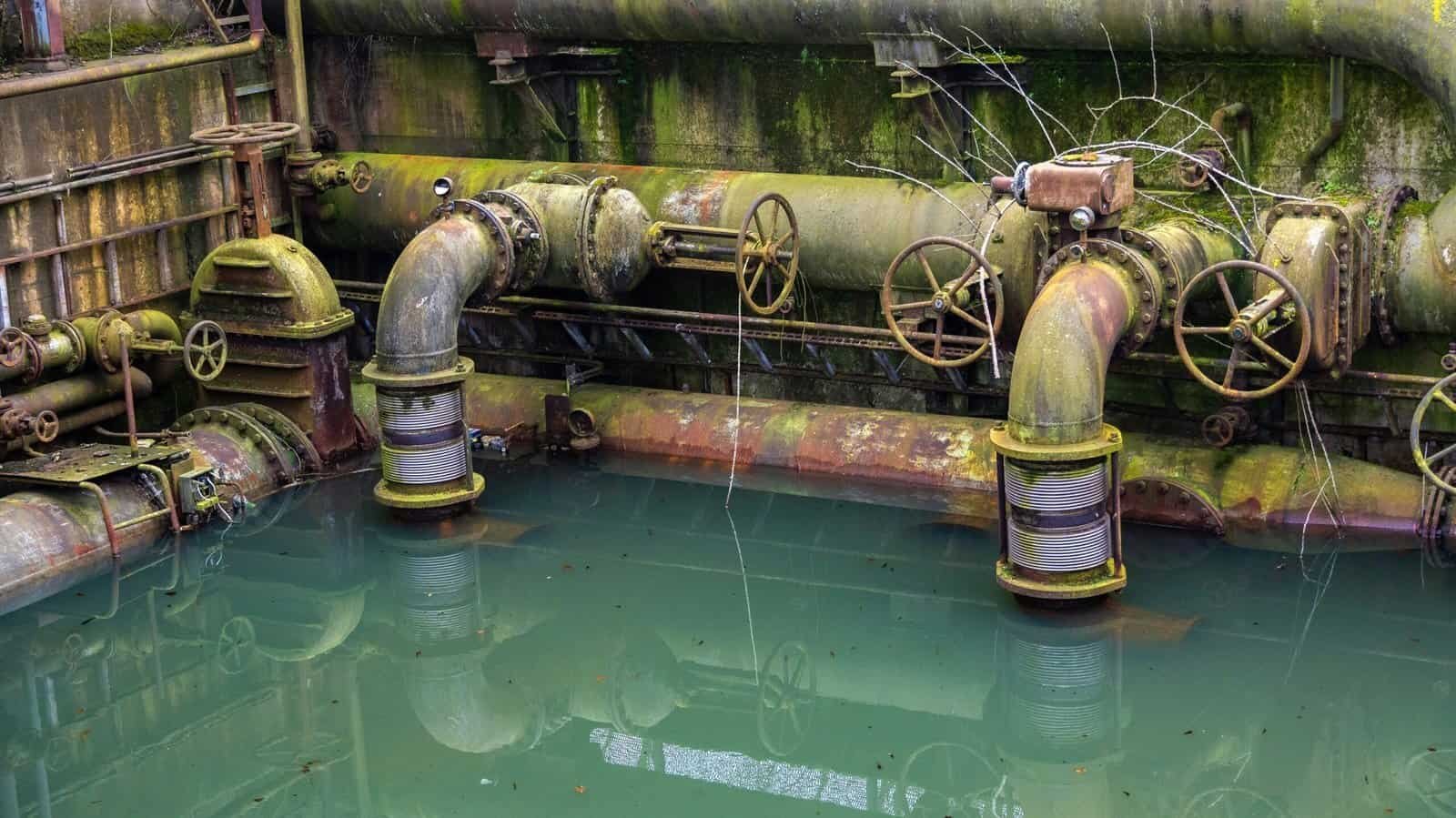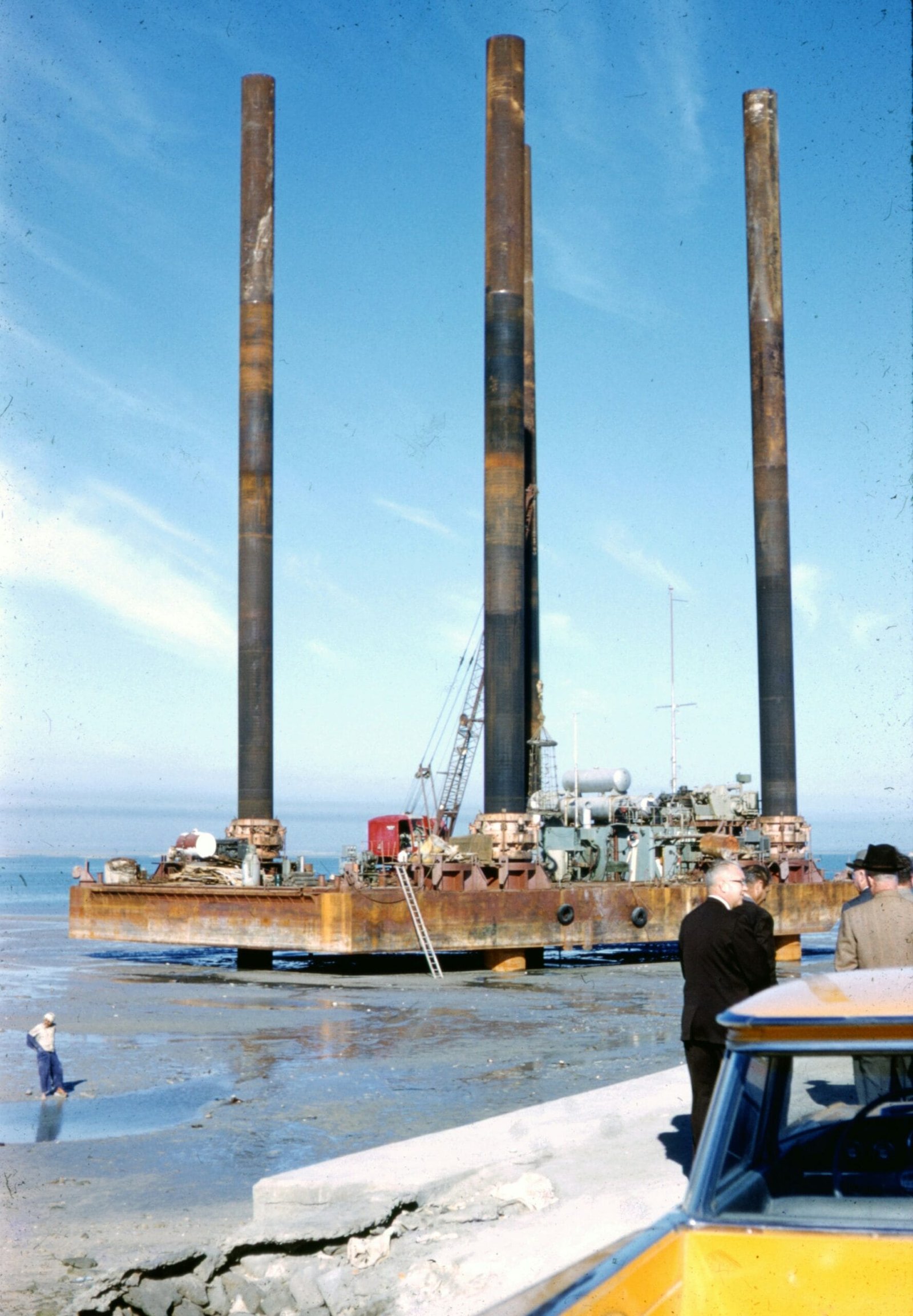Have you ever considered what goes into the decommissioning of a well and why it’s so essential for both environmental sustainability and safety? Well decommissioning is a crucial process in water resource management, particularly when a well has reached the end of its productive life. But what exactly does this involve, and what are the best practices to ensure it is done correctly? Let’s dive deeper into these questions and provide you with comprehensive insights on how to approach well decommissioning effectively.
Understanding Well Decommissioning
Well decommissioning, also referred to as well abandonment or plugging, is the procedure undertaken to safely seal an unused well. This process ensures that groundwater is protected against contamination and that the well does not become a safety hazard. Whether you’re dealing with a domestic well, an agricultural well, or an industrial one, the goals remain consistent: protect groundwater, prevent surface water infiltration, and maintain ecosystem integrity.
Why Is Well Decommissioning Important?
Decommissioning is not just a regulatory necessity; it is a commitment to environmental stewardship. Unplugged wells pose risks such as physical hazards, possible contamination of groundwater from surface pollutants, and can act as direct channels for contaminants to reach aquifers. Abandoned wells can also impact wellhead protection areas and compromise the safety of active water supplies.

Best Practices for Well Decommissioning
When it comes to well decommissioning, there are recommended practices that you should follow to ensure that the process is conducted safely and effectively. These practices help avoid environmental harm, safeguard against health risks, and ensure compliance with local legislation and standards.
Planning and Assessment
Before initiating the decommissioning process, a thorough assessment and planning phase are crucial. You should obtain as much historical information as possible about the well, including its construction details, usage history, and geologic information. This helps in designing an appropriate decommissioning plan tailored to the well’s specifications.
Regulatory Compliance
Compliance with local regulations is a cornerstone of well decommissioning. Regulations vary by region, so it is critical to familiarize yourself with the local groundwater management laws. Many areas require permits for well abandonment, and there are often specific standards outlined for how the decommissioning process should be executed. Working with local regulatory bodies ensures adherence to these laws.
Choosing the Right Materials
The materials used in the plugging process must effectively seal the well and prevent any future contamination of the groundwater. Bentonite clay and cement are commonly used sealing materials. Bentonite expands when wet, providing an excellent seal, while cement is used for its durability and impermeability.
Execution of the Decommissioning Process
Executing the decommissioning process involves several sequential steps:
- Removal of Obstructions: Clear the well of any pumps, pipes, and debris.
- Well Cleaning: The well should be thoroughly cleaned to remove sediments and bacteria.
- Sealing the Well: The well is filled with an appropriately mixed sealing material, ensuring there are no voids.
- Surface Sealing: Ensure the surface seal is constructed to prevent surface water from entering the well.
Documentation and Reporting
Upon completion of the decommissioning, detailed records should be kept. Documentation of the materials used, procedures followed, and any observations during the process is crucial. This information should then be submitted to the relevant local authorities as required by law.

Educational Resources for Rural Water Supply Systems
In rural areas, water supply systems are vital for community health and economic development. Understanding how to access and manage these resources effectively is essential. There are several valuable educational resources available that can help improve knowledge in this area.
Online Courses and Webinars
Many organizations offer free or low-cost online courses and webinars focused on rural water supply systems. These can cover everything from basic water system management to innovative technologies in water purification and distribution. Platforms like Coursera, edX, or the World Bank Group’s e-Institute for Development might serve as good starting points.
Community Workshops and Seminars
Local governments and NGOs often host workshops and training seminars focused on water management in rural areas. These can be excellent opportunities to gain practical knowledge, network with experts, and learn from case studies and real-world scenarios relevant to local conditions.
Professional Books and Publications
Books and publications that specialize in rural water supply systems provide in-depth understanding and are often based on years of research. Titles focused on engineering, environmental science, or health can offer insights into effective system design, maintenance, and sustainability.
Collaborations with Universities and Institutions
Partnering with academic institutions or professional bodies can provide precise and advanced knowledge, with the added benefit of accessing research databases. Universities often have research departments dedicated to water resources, and establishing contact with these can yield both education and innovative solutions.
Government and NGO Guides
Governmental and non-governmental organizations frequently release guides and manuals related to water resource management. These resources are tailored to local conditions and laws, providing you with applicable and actionable information. It’s often worthwhile to reach out directly to these bodies for the most up-to-date resources.

Conclusion
The decommissioning of wells and the management of rural water supply systems are both crucial to ensuring environmental sustainability and community well-being. Implementing best practices in well decommissioning not only protects groundwater resources but also complies with legal standards, thus mitigating risks. Meanwhile, educating oneself about rural water systems is critical to leveraging resources effectively and ensuring uninterrupted water supply.
As you strive towards these goals, remember that both processes benefit greatly from a well-informed and proactive approach. Through careful planning, adherence to regulations, use of proper materials, and continuous education, you can make impactful contributions towards responsible water resource management.

